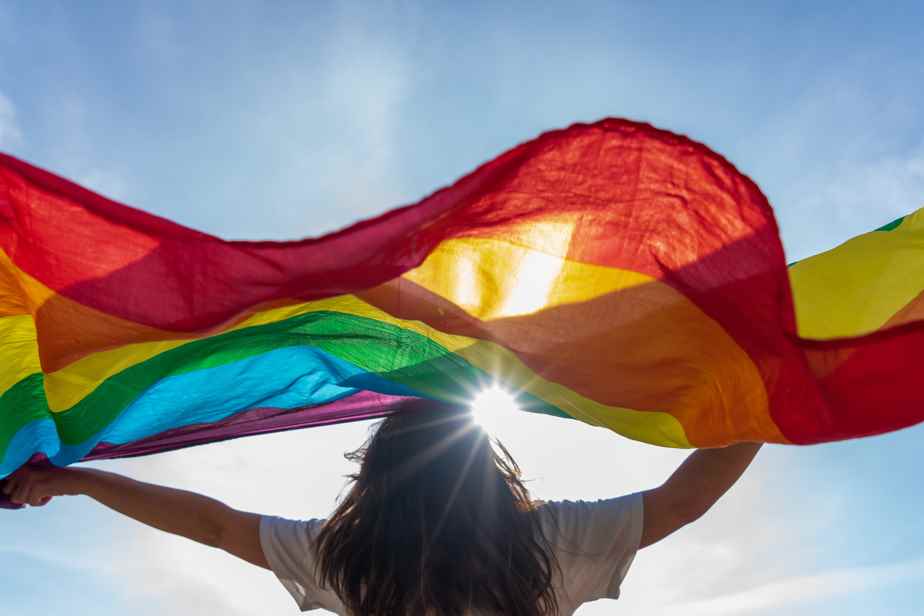During this week of Montreal Pride, companies from all sectors will celebrate the diversity that makes them up. From Saint-Catherine Street to our LinkedIn news feeds, they will proudly display themselves as allies of LGBTQ+ people and their cause. However, despite the efforts made by these companies to forge inclusive workplaces, it is clear that many obstacles remain for the LGBTQ+ community in the business world.
Posted at 4:00 p.m.
According to a study conducted in 2022 by the Out Leadership network among the 500 companies making up the Fortune 500* ranking, only 0.5% of directors publicly identify with the LGBTQ+ community. In absolute terms, 26 director seats out of 5,670 are occupied by homosexual, transgender, queer Or other.
For comparison, a 2022 Gallup poll found that 7% of American adults identify as LGBTQ+, a figure that has doubled since 2012.
There is therefore a significant gap between the representation of LGBTQ+ in the general population and in the high decision-making spheres of the business world.
How to explain this situation ? From the outset, it is necessary to recall that the average age of people sitting on the boards of directors of these companies is 63 years old. The average administrator was born in 1959, 10 years before the Stonewall Riots in New York, recognized today as a turning point in the demands of the LGBTQ+ community in the United States.
Based on these statistics, one might be led to believe that the gap is primarily generational and that it will be reduced over the years, as professionals who are open about their membership in the LGBTQ+ community climb the ladder of their organization.
Other times, other mores… A wishful thinking
According to the consulting firm McKinsey, deficits in LGBTQ+ representation are present at every level of our companies: from the young graduate to the CEO. Even more, these inclusion challenges are accentuated for professionals who combine diversity factors, such as race, gender identity or sexual orientation.
For example, LGBTQ+ women face more inappropriate comments and episodes of workplace harassment than their peers. As for transgender people, they tend to name their gender identity as the biggest barrier to their professional advancement.
At a time when the term “labour shortage” is on everyone’s lips, our companies cannot deprive themselves of qualified and competent talent pools.
Solutions exist
As is the case for any lack of representativeness, it is essential to clearly name the problems in order to associate a solution with them. In the case of sexual and gender diversity, we must recognize that we sometimes face a lack of knowledge on certain concepts: use of pronouns, inclusive writing, non-binarity, transidentity, pansexuality, etc.
In addition to training, organizations can set up support structures: group insurance that meets the needs of LGBTQ+ professionals, resource groups, delegated framework, inclusive communications, etc.
As an employee, beyond being inclusive in our daily lives, we can take action to influence the program of our organizations.
The latter must adopt concrete targets and action plans, aligned with compensation objectives and made available to the general public in the annual reports.
We all have a role to play in fighting stigma and making our workplaces inclusive and caring places where we can be proud in business.
* US market data. Statistics on the representation of people who identify with the LGBTQ+ community on boards are not available in Canada.
